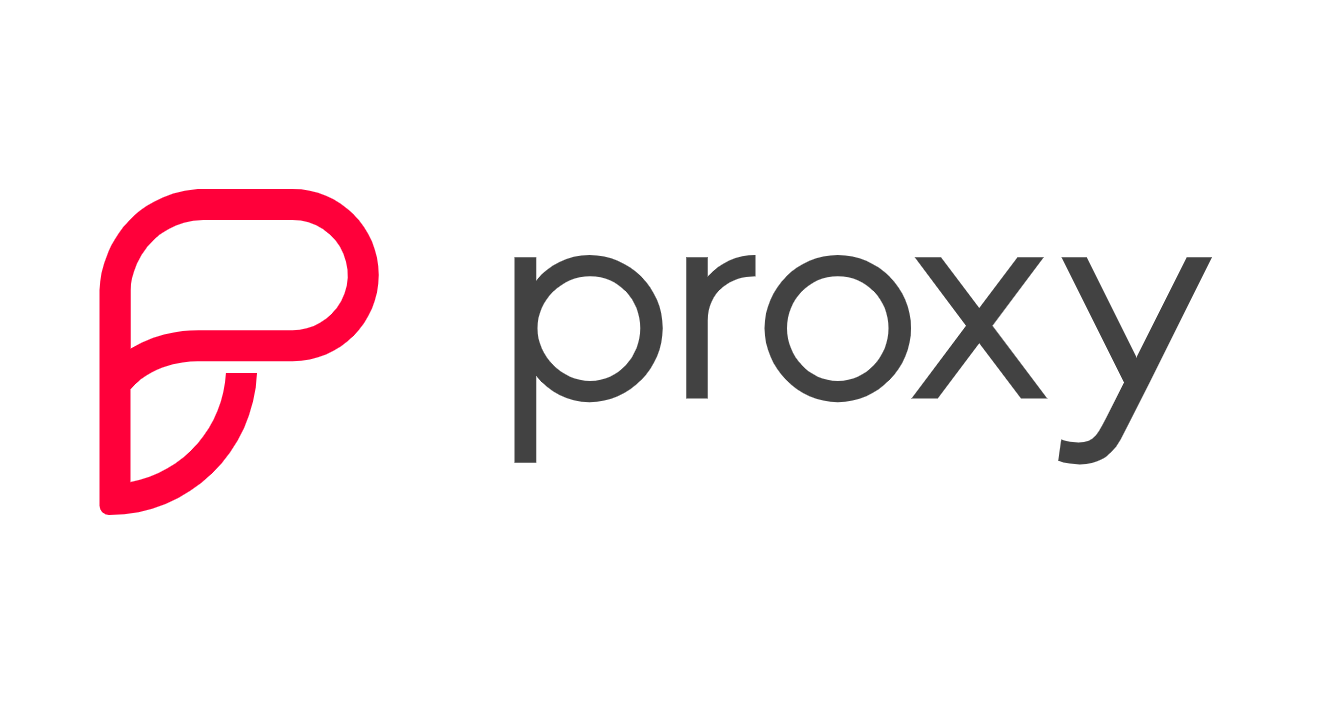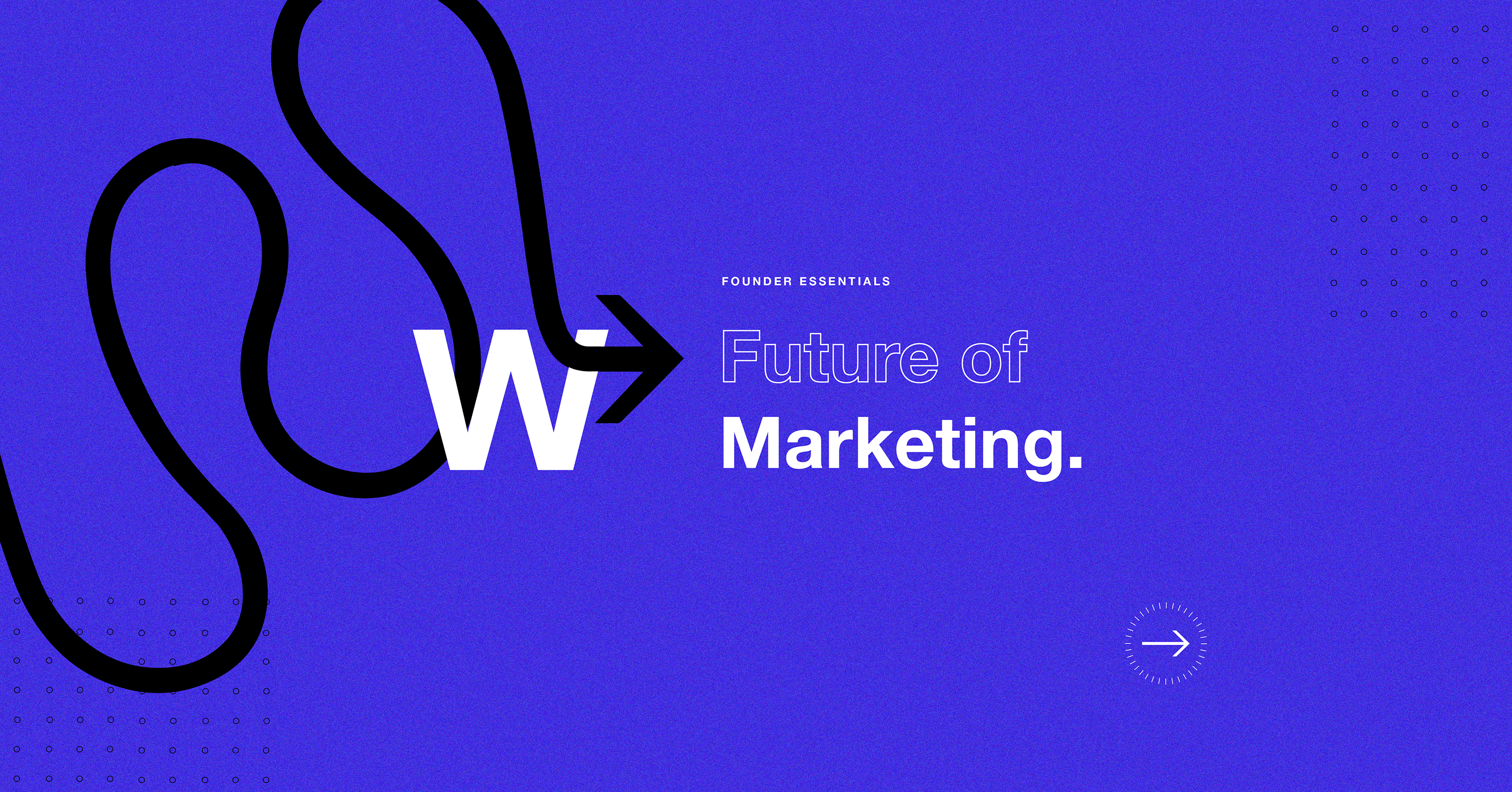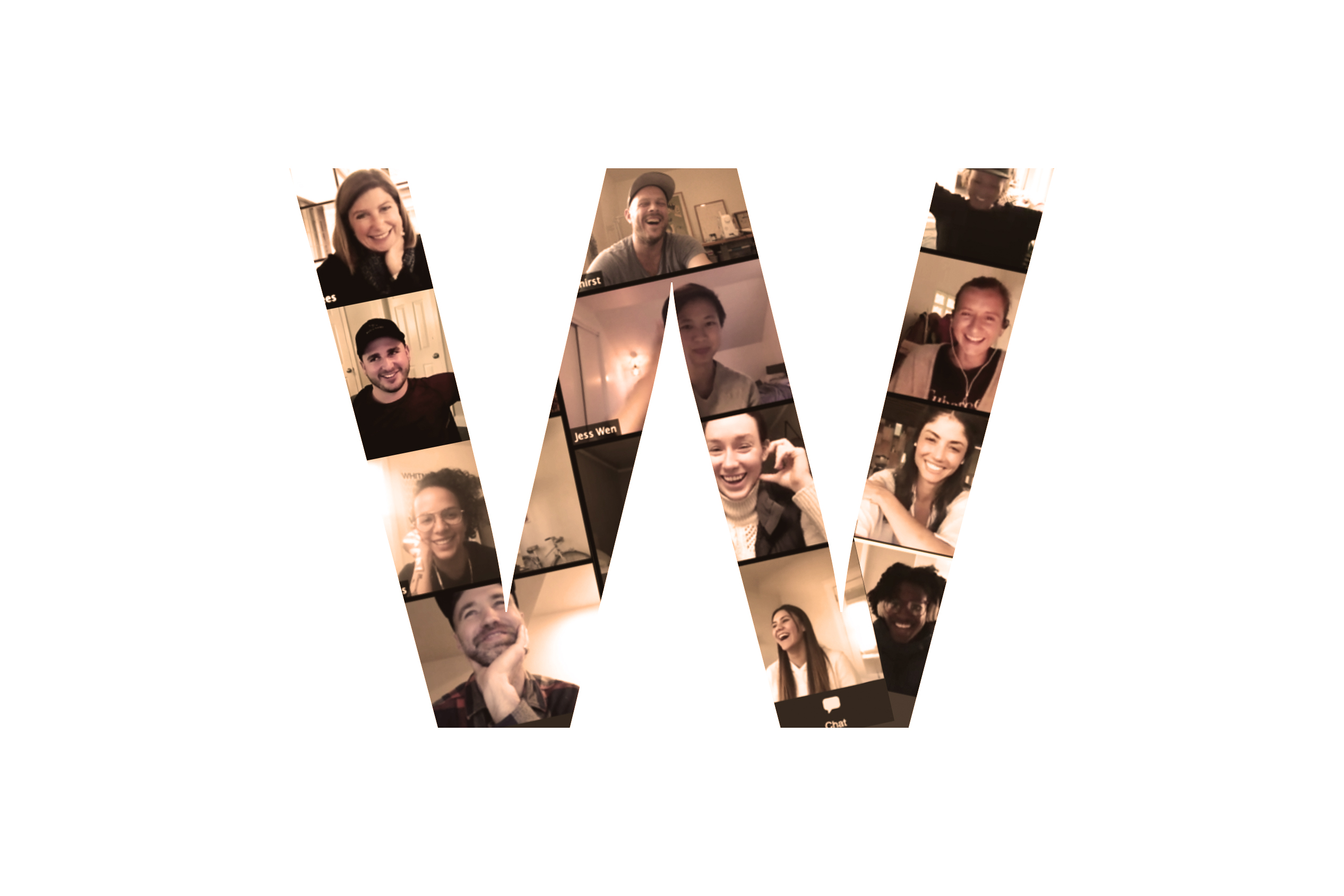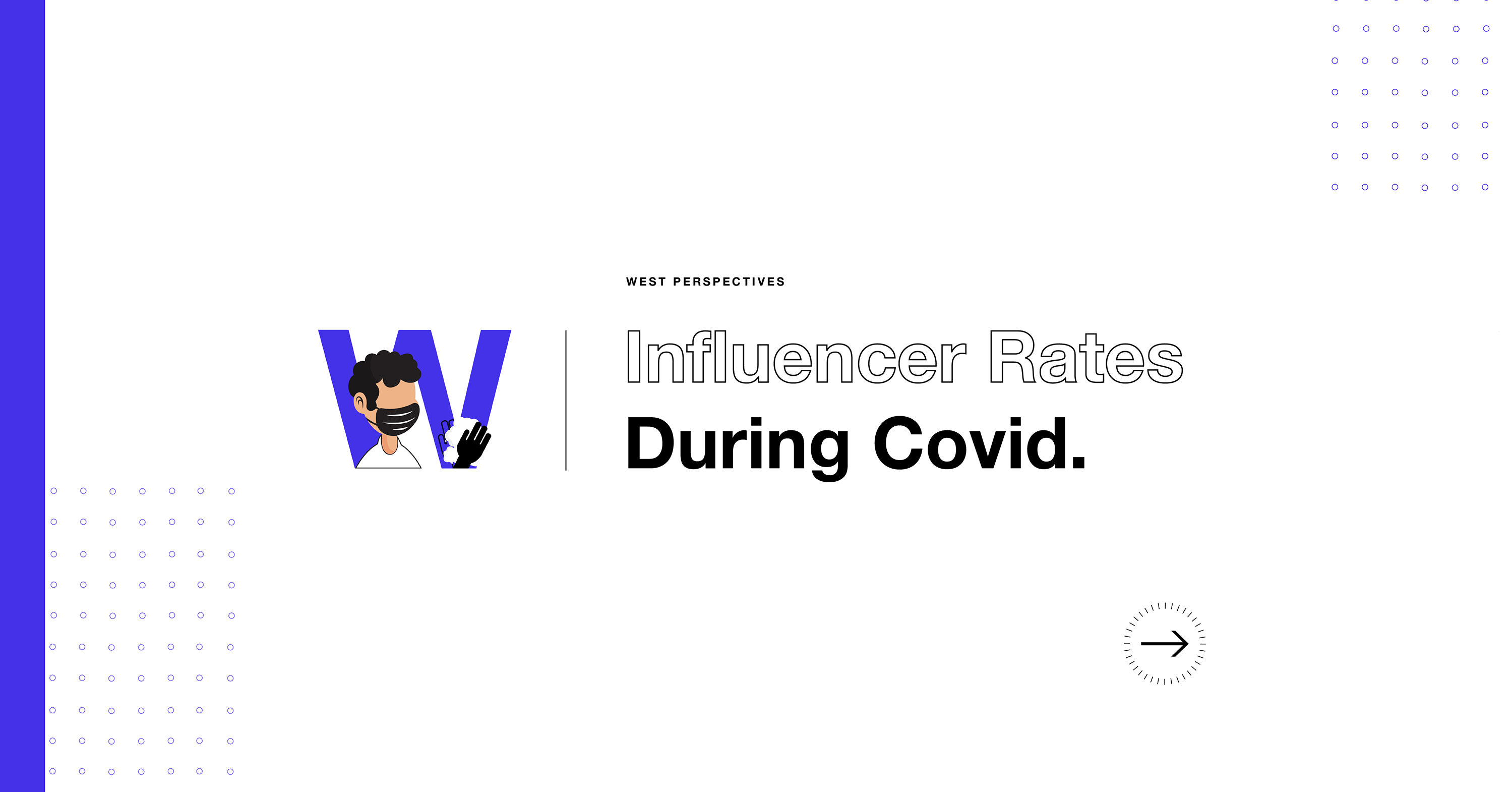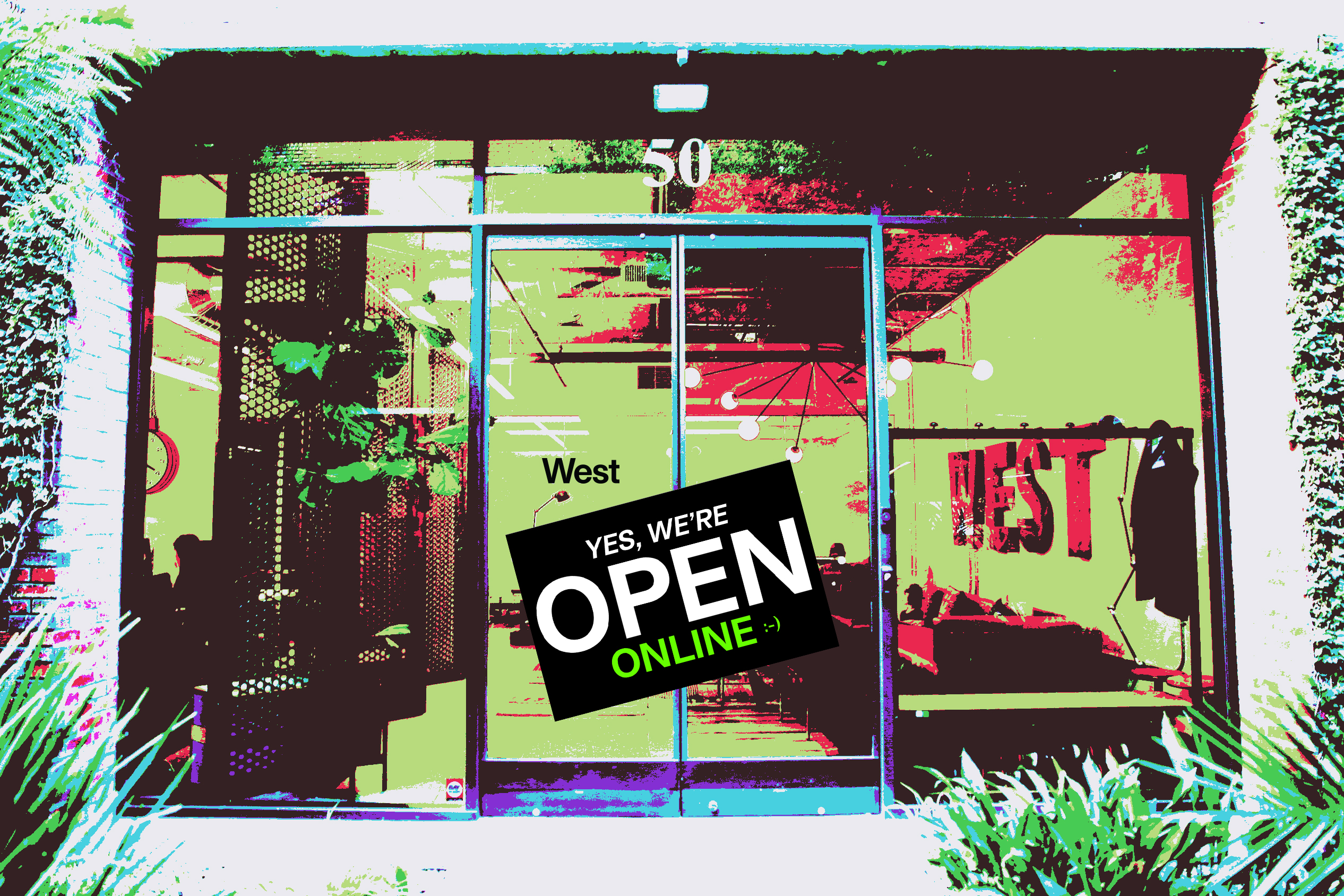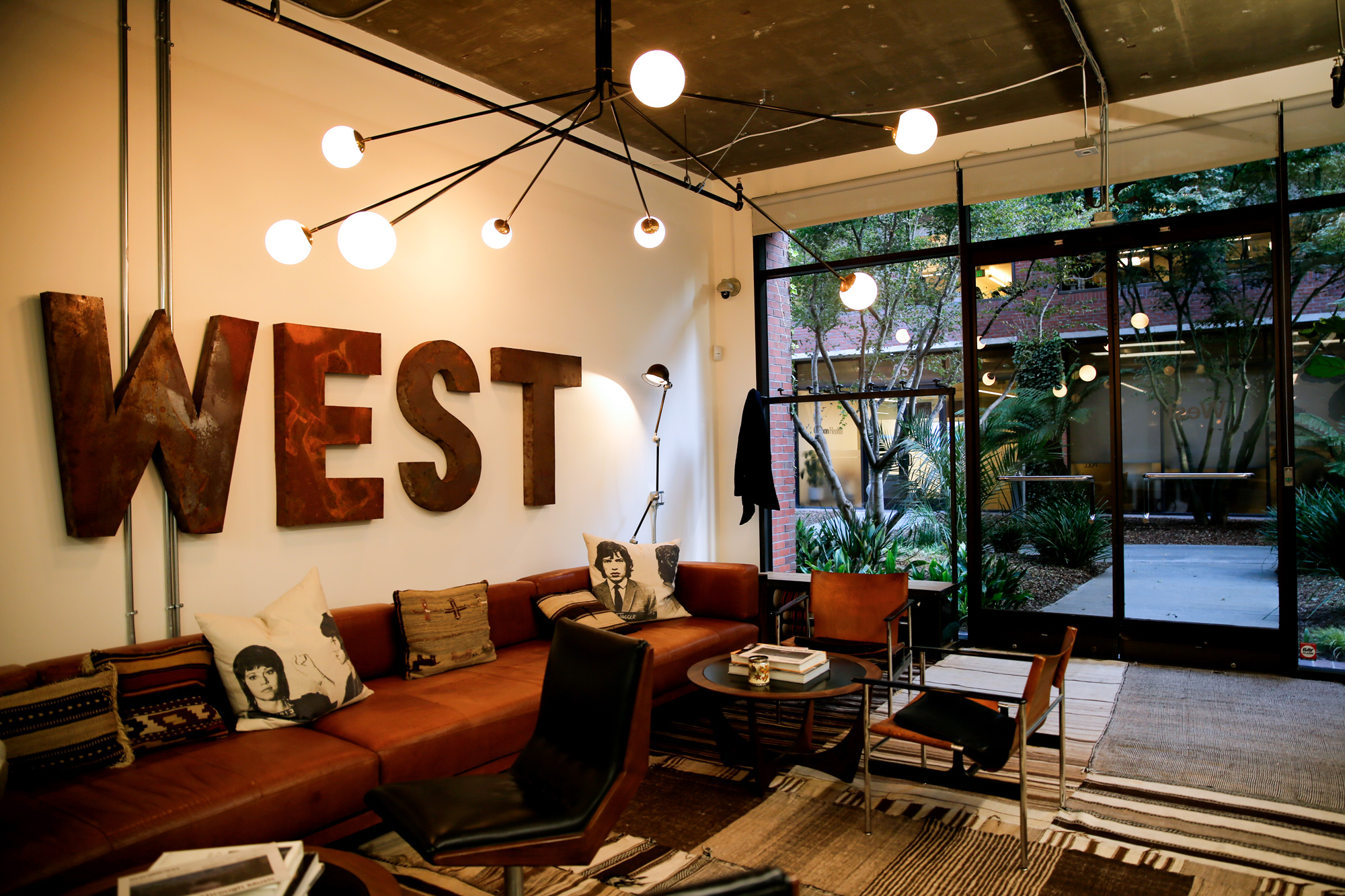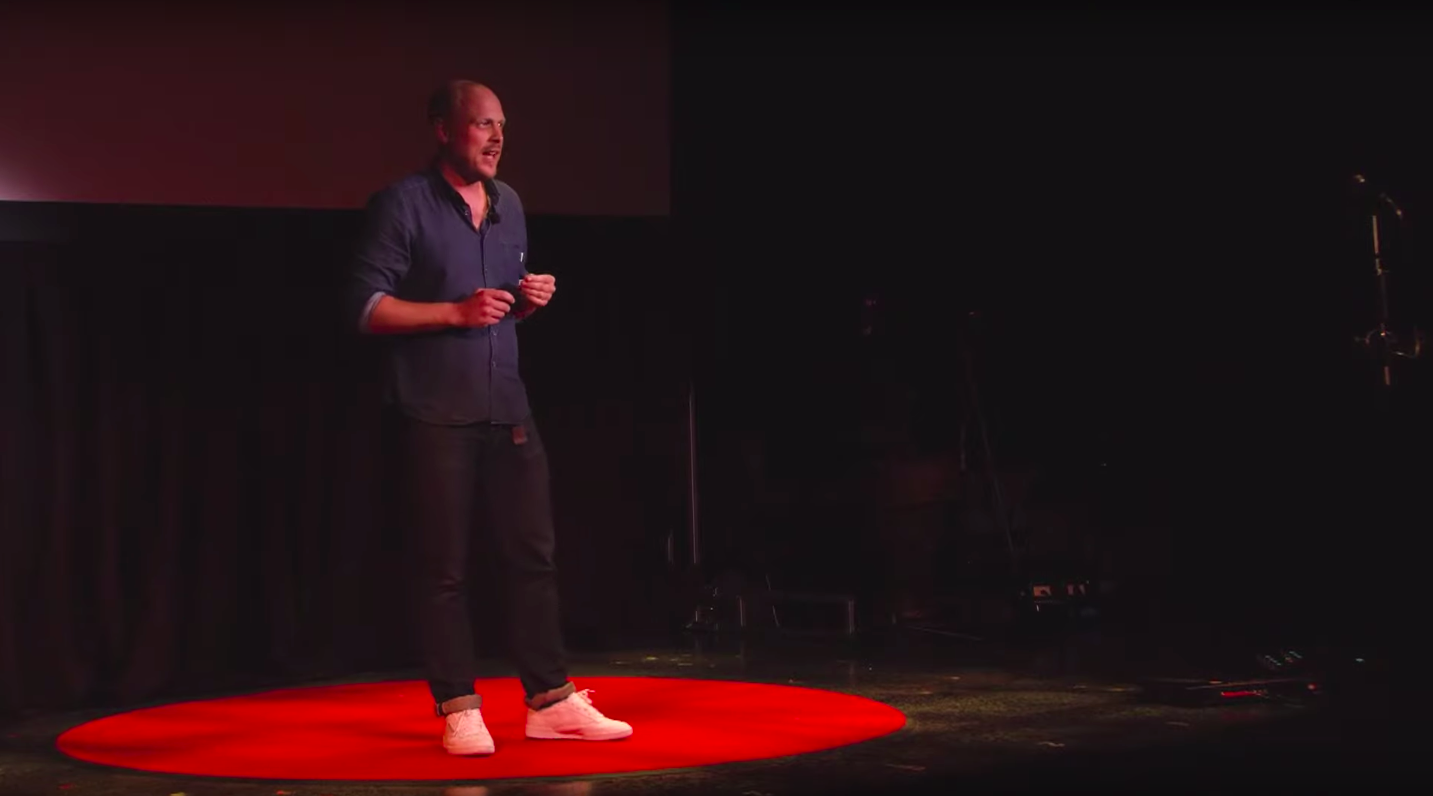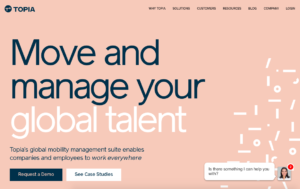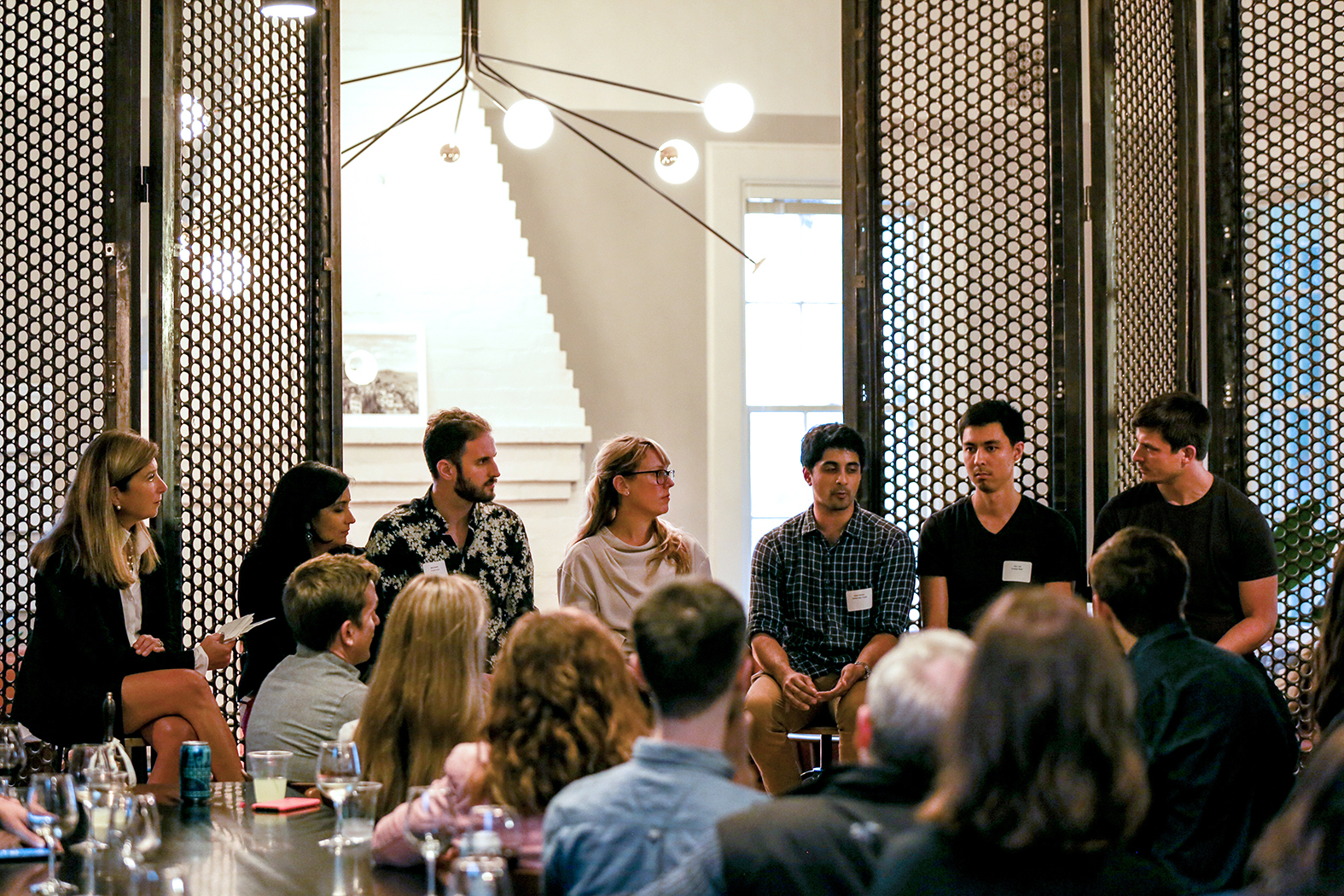Make promises you can keep, collaborate to tackle big problems and remember that taste is king. As we face a future of growing populations, shrinking farmland and suffering oceans, it’s time to consider one big question: What will we eat in 2025? Or 2050?
According to these food innovators, we’ll eat some combination of lab-grown and farm-grown food, more vegetables than meat, and a whole lot of crickets. And dairy isn’t going away, it’s just changing.
Drawing on wisdom from their roles as CEOs, researchers and former-scientists, our six panelists discussed and debated what it takes to change global food systems and why lab-engineered, plant-based foods aren’t just for vegans.
The panelists
Dr. Smita Shankar, Director of Research, Strain & Fermentation Development, Impossible Foods
Mike Selden, Co-founder & CEO, Finless Foods
Megan Miller, Co-founder & CEO, Bitty Foods
Ryan Pandya, Co-founder & CEO, Perfect Day
Alec Lee, Co-founder & CEO, Endless West
Josh Tetrick, Co-founder & CEO, JUST
Over 7.6 billion people live on earth today. The global population is projected to reach 8.6 billion people by 2030 and 9.8 billion by 2050. And over 10 percent of people in the world suffer from chronic undernourishment, according to the United Nations.
Meanwhile mass extinctions, warming oceans and extreme weather events place increased urgency on those trying to help.
So how does an entrepreneur decide where to start?
- The Impossible Foods team wanted to use their technology—a formula for creating plant-based substitutes for meat and dairy—to tackle environmental challenges. Armed with an understanding of the devastating impact of cattle on climate change, and the iconic nature of the hamburger, they set out to serve burger eaters. “It had to be the burger,” said Dr. Smita Shankar, Impossible’s Director of Research, Strain and Fermentation Development. Replacing one beef burger with an Impossible Burger saves the equivalent of 75 square feet of land, one half tub of bathwater and 18 miles of car emissions.
- Bitty Foods Co-founder and CEO Megan Miller wanted to prove that there are viable natural alternatives to lab-produced protein products. Inspired by the potential of underutilized proteins that already existed on our planet, she and her team developed a cricket flour rich in protein, healthy fats and micronutrients which also happens to be gluten-free.
- Mike Selden watched bluefin tuna fall on and off the threatened species list and wanted to make an impact on the popular seafood before it disappeared from the oceans entirely. More people are eating fish than ever before, and a combination of overfishing, pollution and climate change makes it impossible for our oceans to keep up. Meanwhile, attempts to farm fish are expensive, inefficient and often inhumane. So Selden founded Finless Foods to explore a new way of “growing” fish using stem cells from actual bluefin tuna.
- Ryan Pandya saw an opportunity to use technology to make animal products more accessible to people around the world. He chose dairy for its high-protein potential and global popularity. Then he and his team at Perfect Day took a proven technique: fermentation, and used yeast and sugar to create animal-free dairy products that taste like the real thing.
- While there are environmental advantages to their methods (e.g. less water, less land, CO2 reduction etc.), Alec Lee and his team at Endless West never set out to "save the world with alcohol.” Rather they saw an opportunity to create a more accessible, high-end product, first in wine and now whiskey. Their lab-crafted Glyph whiskey uses “note-by-note production” which doesn’t require barrelling or aging to produce a drink that highlights the endless possibilities of science.
- And JUST’s Josh Tetrick started with the goal of building a food system that makes it easy for people to eat well in a sustainable and affordable way. But when he and his team examined the current landscape, they saw a whole lot of chicken eggs. Last year alone, we consumed 1.1 trillion chicken eggs, a scale linked to a production process ripe with environmental concerns like water contamination and climate-change inducing emissions, not to mention animal welfare. So they set out to explore the possibilities of protein-rich plants that could be used to replace egg in products like mayonnaise and cookie dough. Now their team of scientists and chefs has discovered how to get the ancient mung bean to scramble and taste like an egg, the first step to fulfill that goal.
Whether selling to supermarkets or perfecting the formula in the lab, our panelists shared wisdom and learnings from their place at the helm.
Don’t disrupt, improve
Free from the bureaucracy of big government and slow-moving corporations, entrepreneurs have an opportunity to change the status quo. But too often new solutions seem to preclude the survival of existing systems. Will the rise of lab-grown food replace farm-to-table? And should it?
Tetrick doesn’t think so. “It’s not an either-or. It’s going to take all of these different solutions,” he said.
“Instead of becoming a disruptor, you can work with people and make things better,” Selden added, a problem all too real in his pursuit to grow bluefin tuna in labs, a product which could threaten the aquaculture industry, but doesn’t need to. He values the wisdom from aquaculturists and works alongside those with decades of experience as he perfects his process.
And Pandya views his new process for making milk as an opportunity to plug into existing systems, like the resource-intensive cheese production process.
“If you’re going to try to change the way the world is thinking about how dairy is made, you don’t want to go to the dairy industry writ large and say ‘change everything, destroy all your factories,’ you need to make it compatible with what’s already out there,” he said.
Pay attention to your supply chain, and seek creative solutions
Lab-grown foods open endless possibilities, and removing the limitation of animal farming can feel like a silver bullet for feeding the masses. While plant-based proteins leave a lighter footprint on the planet, they still require time and space to grow. And even plants have their limits. To meet the demands of a growing population, food providers must examine every single ingredient that makes up a product, its potential, and its limitations.
Impossible Foods views this challenge as an opportunity. Instead of letting plant growth limit their production, they’re considering ways to replicate qualities found in nature, in the lab.
“Everything else other than the protein we produce needs to be sourced, so we’re always thinking about supply chain and ensuring that as we scale the supply chain does too. Once we know what functionalities we are looking for, we can create that ourselves. We have this big toolbox and we know what we’re trying to achieve, so it’s just a matter of making it happen,” Shankar said.
Miller’s crickets solve this problem in their ability to grow from egg to adult in just six weeks, a sustainable superpower and one reason that the UN predicts edible insects may hold the key to stabilizing the global food supply. If insects become part of the mainstream diet, we will reduce greenhouse gases by 18 percent and lower average food costs globally by a third, according to a recent report.
Education can shift misconceptions, but taste reigns supreme
Education plays a major part in every company’s marketing strategy, but the “better for the world” argument will only inspire the select few. Consumers are unlikely to change lifelong food habits unless faced with catastrophe, or offered something cheaper, tastier and healthier. So don’t judge consumers for their choices, understand your market and provide appealing alternatives that better fit their lives.
Bitty Foods’ Miller knows all too well the battle of overcoming skepticism. She’s trying to convince insect-fearing US consumers to eat crickets. She usually starts by explaining the protein density of the crunchy insects, then she hands over something to taste.
“We give them chocolate chip cookies or banana bread, something they would eat all the time. And say, by the way, this is absolutely full of crickets,” she said. “Nothing else is such a differentiator as making the tastiest product.”
An understanding of the power of taste was what drove Impossible Foods to launch with chefs, rather than in vegan sections of grocery stores. By putting their product in the hands of those who turn food into culinary art forms, they guaranteed that every consumer had a delicious first encounter with the plant-based burger. Over 4,000 restaurants now serve Impossible Burgers, including nationwide presence in the fast-food chain, White Castle.
G.M.O. stands for genetically modified organism, not toxic conspiracy
The modification process is just that, a process that can be used for positive impact. While consumers have been conditioned to seek out “natural” food, replicating nature in a lab doesn’t need to bring up images of bionic corn or space food.
If done responsibly, engineered food may have the power harness natural processes at scale, creating opportunities to feed growing populations with less impact on the planet. Still, two thirds of consumers remain skeptical, as evidenced by July’s New York Times article, Are G.M.O. Foods Safe?
Prove your impact with action, not words
Don’t promise to change the world. Prove the potential of your product, get customers excited to go out and buy it, then build toward impact from there, Lee said. In his pivot from wine to whiskey, he’s seeing the power of serving up whiskey cocktails with a story.
Tetrick evaluates every opportunity through one filter: Does this keep us working toward our goal? If not, they pass and wait for something better-aligned.
At the end of the day, you’re making food
When feeding people, consider the culture around cooking and meal-sharing, the implications of healthy diets, and the factors that drive new habits. Build for a market of eaters who vote with their wallets and judge with their taste buds. If you get this right, you’ll open up larger opportunities for impact and you’ll truly drive change.
***
About West
West works alongside companies to define and grow new markets in pursuit of category leadership. We work with companies who want to be the future of food, fertility, work, and more. Because we believe that if you can define and grow the category, you can shape the world.

